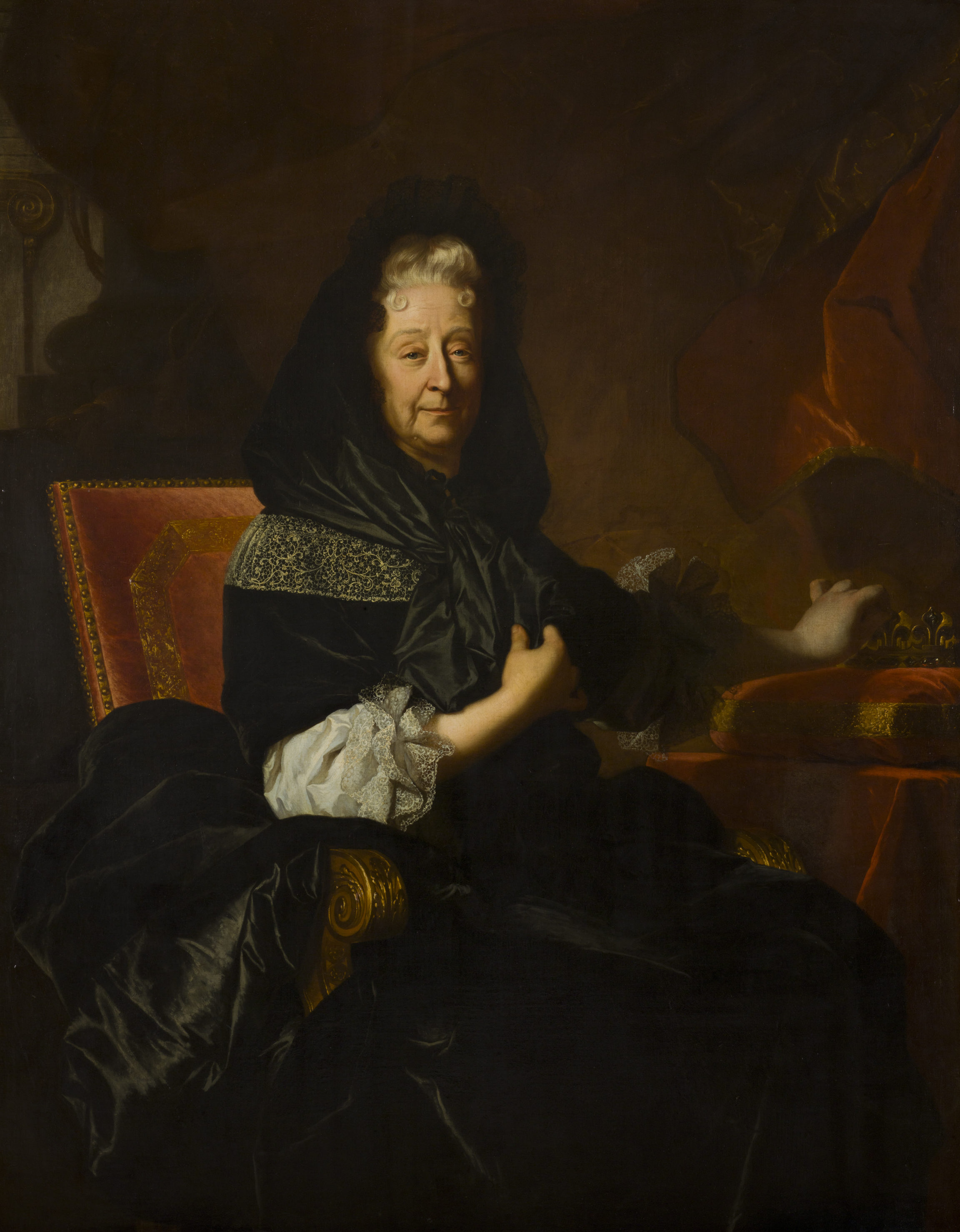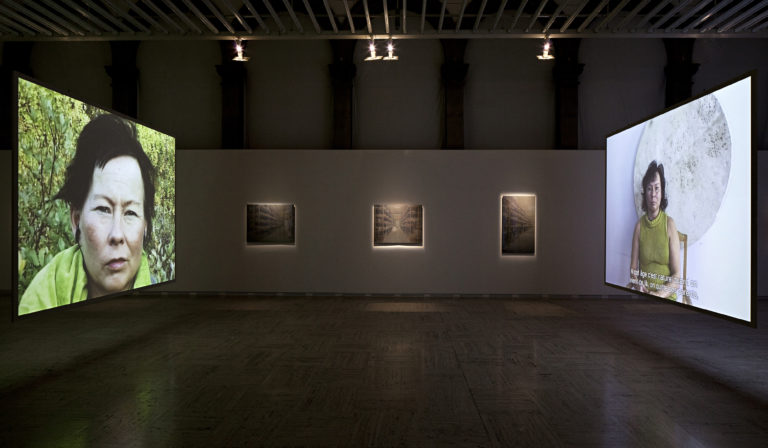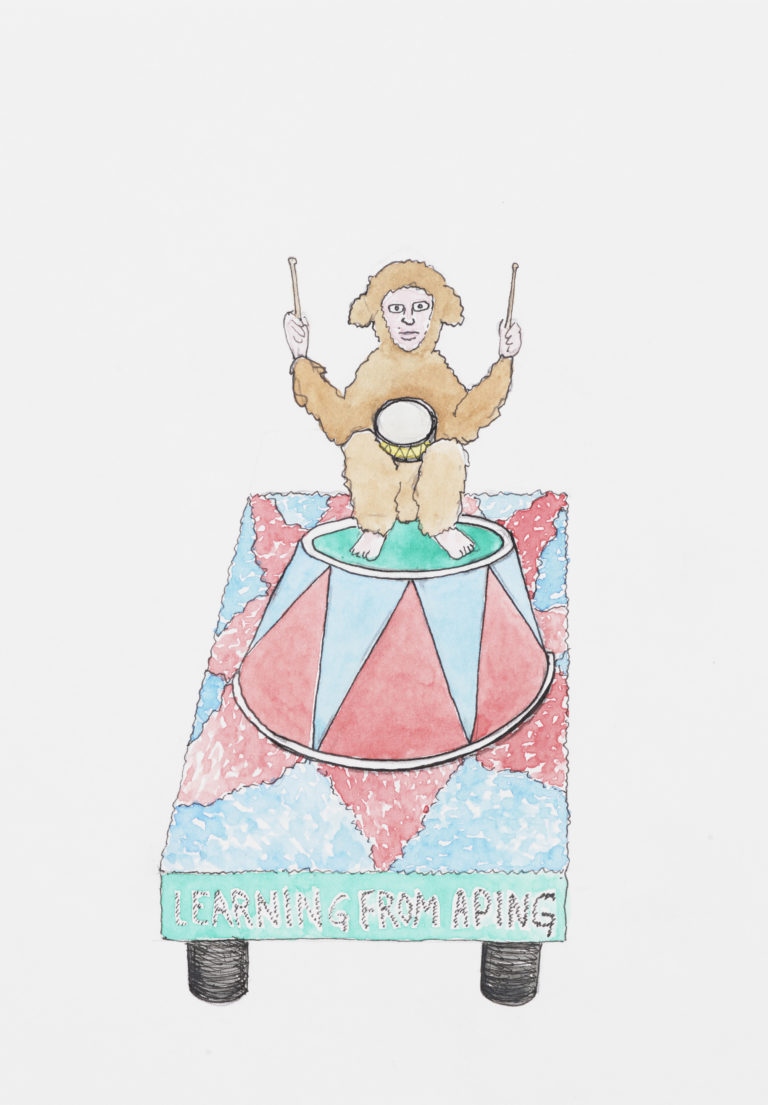Bibliography
Ariane James-Sarazin, in collaboration with Jean-Pierre Sarazin, Hyacinthe Rigaud (1659-1743). Tome 2: Catalogue raisonné, Dijon, Éditions Faton, 2016: n. P. 939.
Gérard Sabatier et Béatrix Saule (eds.), Le Roi est mort. Louis XIV – 1715, exh. cat. Paris, Musée national de Versailles, Éditions Tallandier, 2015: 218.
Frédéric Elsig (ed.), De la Renaissance au Romantisme. Peintures françaises et anglaises du Musée des Beaux-Arts de Lausanne, Les Cahiers du Musée des Beaux-Arts de Lausanne 18, 2013: n. 17.




With his contemporary Nicolas de Largillierre, Hyacinthe Rigaud dominated the market for formal portraits in France during the first decades of the eighteenth century. He established his reputation with his famous portrait of the king in his coronation clothes, Louis XIV en costume de sacre (1701, Paris, Musée du Louvre). The prolific production that followed demonstrated his skill at capturing conventional poses, the intense richness of his colours and the virtuosity with which he rendered the shimmer of drapery. These skills won him patrons among the nobility and high bourgeoisie in France and around Europe.
This portrait shows the Duchesse de Nemours in three-quarters profile, her face turned towards the viewer. A widow for over forty years, now nearly eighty years old, she still wears the black of mourning, a fashion inaugurated at the court by Anne de Bretagne in 1498. With one hand, she holds the panels of the mourning veil knotted around her neck and, with the other, she touches a crown in the background placed on a crimson cushion. The red hues employed in her surroundings warmly frame the model, while at the centre the light flesh tones of her face and hands stand out against the dark mass of her dress. Set off by the clever lighting effect, the aristocrat, one of the richest heiresses in the kingdom, clearly displays her rank: the fleurs-de-lis adorning the crown placed nearby point to her status as a princess of the blood, born of the two royal houses of France.
Saint-Simon wrote in his Mémoires that Marie de Nemours ‘had infinite wit with an eloquent, lively tongue, which she never held back’. By giving the elderly woman a mocking expression, Rigaud marvellously captures the doughty temperament that was evident in the fight she took up in 1674 to claim the inheritance of the county of Neuchâtel, for which she even opposed the Sun King. In 1694, with the support of the Neuchâtelois themselves, she was recognised as their legitimate sovereign.